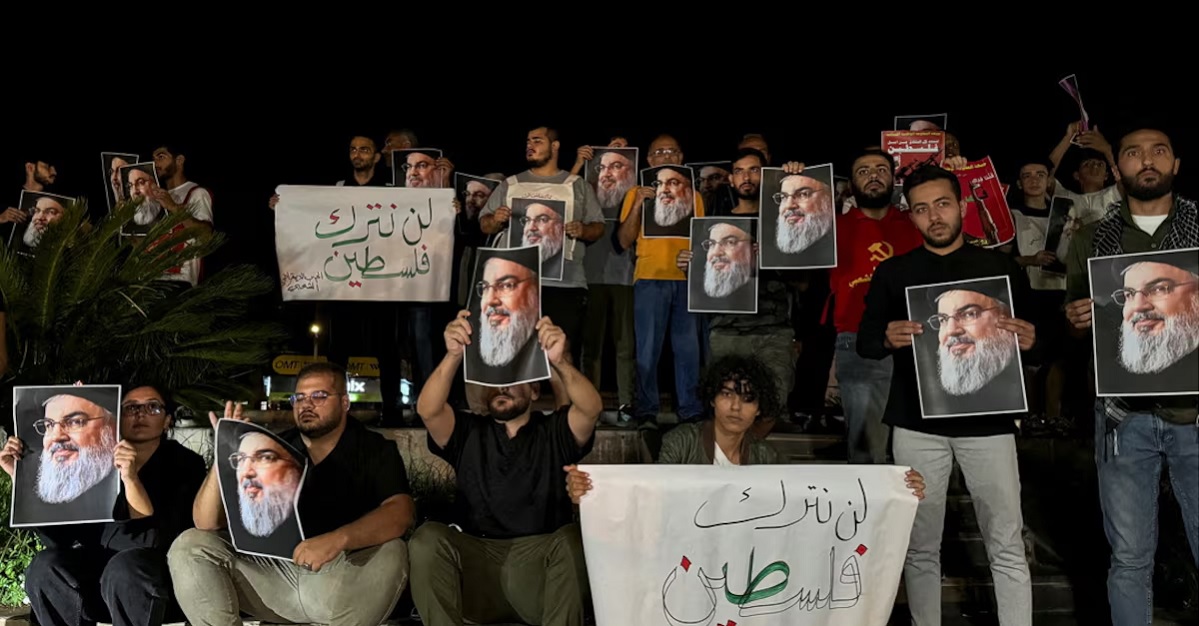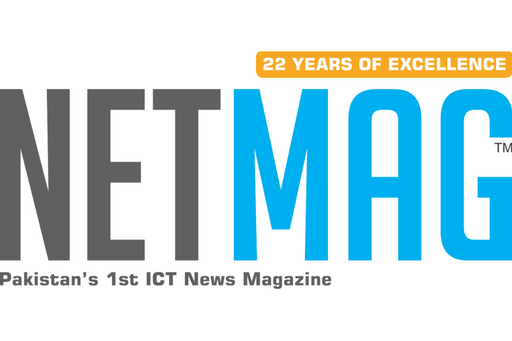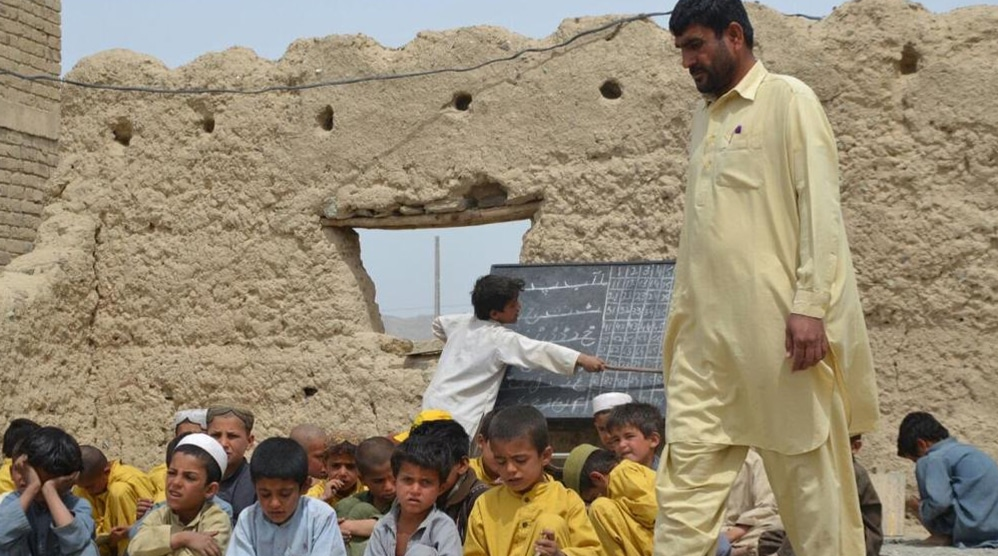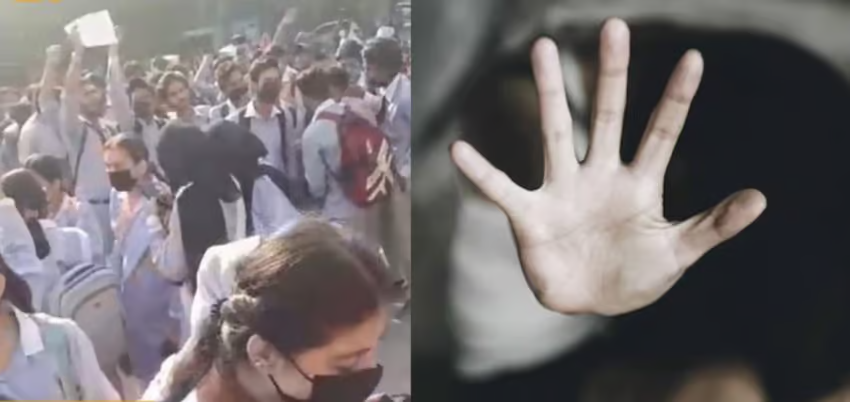The assassination of Sayyed Hassan Nasrallah reveals the extent of Israel’s infiltration into Hezbollah. Following his killing, the group faces a significant challenge in addressing the internal breaches that allowed Israel to destroy weapons sites, compromise communications, and eliminate its long-standing leader, whose location had been a closely guarded secret for years.
Nasrallah was killed during an attack on a command headquarters shortly after Israel detonated hundreds of booby-trapped pagers and radios. This marked the culmination of a series of strikes that have already decimated half of Hezbollah’s leadership council and its top military command. Sources from Lebanon, Israel, Iran, and Syria disclosed to Reuters the extensive damage inflicted on Hezbollah, including its supply lines and command structure, with all sources speaking on the condition of anonymity due to the sensitivity of the information.
One insider with knowledge of Israeli operations indicated that Israel had invested 20 years into intelligence gathering on Hezbollah and could strike at Nasrallah whenever it chose, labeling the intelligence as “brilliant,” though specifics were not provided. Israeli Prime Minister Benjamin Netanyahu and his inner circle authorized the attack while he was attending the U.N. General Assembly in New York.
Also Read:
Who was Martyr “Sayyid Hassan Nasrallah
Nasrallah had refrained from public appearances since the 2006 war, exercising extreme caution regarding his movements and interactions, which suggests that informants may have infiltrated Hezbollah. Following recent explosions from pagers, he had increased his security measures, avoiding a commander’s funeral and pre-recording a speech that aired shortly before his death.
Hezbollah’s media office did not comment on these developments. U.S. President Joe Biden described Nasrallah’s assassination as “a measure of justice” for his numerous victims and reaffirmed U.S. support for Israel’s right to self-defense against Iranian-backed groups.

Nasrallah’s Death Highlights Israel’s Deep Infiltration within Hezbollah (Pic Sorice www.reuters.com)
According to Israel, the strike involved bombing an underground command center located beneath a residential building in southern Beirut. Magnus Ranstorp, a Hezbollah expert at the Swedish Defence University, noted that the assassination represents a significant intelligence failure for the group, highlighting that they knew Nasrallah was meeting with other commanders.
Including Nasrallah, Israel claims to have killed eight of Hezbollah’s nine senior military leaders this year, most in the past week. These leaders commanded various units, including the rocket division and the elite Radwan force. Approximately 1,500 Hezbollah fighters were injured due to the explosions on September 17 and 18.
Israel’s military spokesperson stated that they had “real-time” intelligence about the gathering of Nasrallah and other leaders, who were reportedly meeting to plan operations against Israel. Brigadier General Amichai Levin mentioned that dozens of munitions struck their target within seconds, emphasizing that the operation had been meticulously planned over an extended period.
While Hezbollah has shown resilience in quickly replacing commanders, Nasrallah’s cousin, Hashem Safieddine, has been identified as a likely successor. The group, known as the Party of God, is expected to continue its fight; U.S. and Israeli estimates suggest it still has around 40,000 fighters along with substantial weapon stockpiles and an extensive tunnel network near Israel’s border.
Since its establishment in Tehran in 1982, Hezbollah has become a formidable part of Iran’s so-called Axis of Resistance against Israel, emerging as a significant regional force. However, recent events have materially and psychologically weakened the group.
Before the current conflict escalated, Hezbollah was considered one of the world’s most well-armed non-conventional armies, boasting around 150,000 rockets, missiles, and drones—ten times its arsenal size during the 2006 war. Reports indicate that further weapons and financial support from Iran had been flowing into Lebanon over the past year.
Recent public assessments suggest that Hezbollah may have lost 20%-25% of its missile capacity due to Israeli strikes. Israeli officials report that Hezbollah has only managed to launch a limited number of missiles in recent days, indicating a reduction in their capabilities.
Iran is reportedly preparing to send additional missiles to Hezbollah, including short-to-medium-range ballistic missiles. However, Iran prefers to avoid direct involvement in the conflict. The situation remains fluid, with land corridors through Iraq and Syria currently being the best routes for supplying weapons to Hezbollah, though these routes have been compromised by Israeli drone surveillance and strikes.
Former U.S. General Joseph Votel suggested that Israel and its allies are well-positioned to intercept any missiles Iran may attempt to send to Hezbollah now, indicating a challenging landscape for the Shi’ite paramilitary group as it navigates the aftermath of Nasrallah’s assassination.



